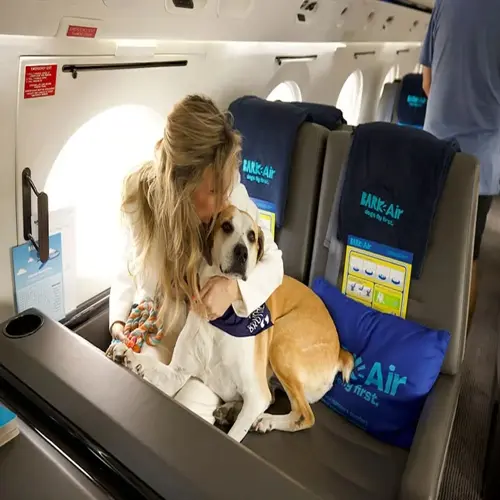What body language signals danger?

Written by
Susan Taylor
Reviewed by
Prof. Henry Webster, Ph.D.By becoming aware of threatening body language, we can prevent pet problems when introducing them to one another. Immediate separation is necessary if animals show stiff body postures or hard stares. A client's dog, which was watching their cat, froze, and I stepped in to help. Early intervention prevented a possible attack before it began.
Canine Warning Signs
- Stiff frozen posture lasting over 5 seconds
- Intense unblinking focus with closed mouth
- Raised hackles along the spine
- Low continuous growling without provocation
- Lip lifting showing front teeth
Feline Danger Indicators
- Fully puffed fur including tail
- Arched back with sideways stance
- Hissing with open mouth display
- Pinned back ears and dilated pupils
- Swatting motions without contact
In case of a bad reaction, intervene to de-escalate. Put physical space between assistants, get up and use baby gates if needed. Loud noises will distract the animals if needed. I always carry treats and toys to get their attention focused on me. Calm, working intervention does not involve fostering panic but promotes the safety of others. Do not punish behavior that shows that the animals are uncomfortable.
Avoid conflicts by using distance management. Find distance thresholds at which pets remain calm. Start each introduction from this safe distance. I mark the spot with colored tape. Gradual exposure may also create a tolerance without triggering a reaction.
Traits between breeds influence body language. Sighthounds freeze before pursuing prey, and terriers tend to lunge forward suddenly. Brachycephalic dogs pant instead of growling. Understanding breed traits facilitates interpreting each dog's unique and "appropriate" signals during meaningful moments.
After occurrences of aggression, it is best to restart earlier phases and return to scent swapping for several days to work on rebuilding positive associations with treats. I will document their first reactions to help identify respective triggers. Systematic recovery will prevent repeated dangerous encounters between pets.
Read the full article: Introducing Dog and Cat: A Safe Guide

